"A mix of perfect weather and eager, capable participation brought a load of rarities and overall satisfaction in a job-well-done. Although the pelagic cruise didn't materialize, there was a respectable count total. I don't have all my reports, but the species total is in the neighborhood of 188. A belated report of Common Grackle, found on private property in the upper Salt River area, caught me by surprise.
Unusual reports include, in no particular order-Long-eared Owl, Yellow-bellied Sapsucker, Selasphorus sp., White-throated Swift (1st count record), Vaux's Swift (previous records?), Say's Phoebe, Wilson's Warbler, MacGillivray's Warbler, Hermit Warbler, Black-throated Gray Warbler, Northern Waterthrush, Yellow Warbler, Western Tanager, Vesper Sparrow, and Common Grackle (1st count record). Notable efforts included 8 warbler species total from 2 separate parties, a foraging Hermit Warbler on a Ferndale lawn, a dizzying mixed foraging flock of 1 Tree Swallow, 2 Violet-green Swallows, 2 Vaux's Swift's and 22 White-throated Swifts and a late-night owling effort on Graham/Tompkins Hill roads that produced 6 owl species including the infrequently reported Northern Saw-whet Owl...."
Gary
DISCLAIMER TIME: Before I write any more about this fabulous day of birding I must first state a disclaimer about the title of this field trip. Even though this trip is billed as a WINTER RARITIES trip the rarities that we go chasing after, or even FIND, are just part of the day and we make a point to enjoy all the species present while birding throughout the day. This is a perfect trip to start, say, a year list and we generally visit a lot of habitats throughout the day and enjoy seeing upwards of 100 species during the whole of the trip. So even though rarities are the means for this trip they are certainly not the end.....but we have seen some GREAT RARITIES, also! I also keep eBird lists for each location visited so we are also contributing important real time bird status and distribution data.
Also, with the recent passing of Rich Stallcup, who was one of the defining figures in California birding and a key pioneer for figuring out how, when, and where to discover rarities in the state, I dedicate this trip to him and his memory. I wish I could have gotten to know him a bit better and could have been blessed by being in his presence like so many others but am thankful I got to know him as little as I did.
For the 3 years I have led this trip we have met at the Arcata Marsh G St. parking lot. I met the 7 participants of the trip here under threatening storm clouds. The weather report predicted 100% chance of rain but only after 2 p.m. Our first target bird of the day was the NORTHERN WATERTHRUSH that has wintered here at the Butcher Slough Log Pond for at least 9 years now (first showed up in Fall 2004). Last year we missed it but in 2010 we picked it up and a couple participants actually got a look at it. This year we picked it up pretty quickly but only got to hear it call a couple of times, which is how you typically detect this bird.
After picking up the waterthrush I decided that it would be nice to drive over to the Brackish Pond complex of the Marsh project. There had been a EURASIAN GREEN-WINGED TEAL reported here recently and other rare birds (for the Marsh project) like CANVASBACK and AMERICAN BITTERN. Lew Norton spotted the teal for the group and we all got nice looks at it. On the way to the Eastern Pond we had smashing views of an American Bittern that was only 20 feet or less away from us! I had some nice digiscoping opportunites (with Zeiss T*FL 85 mm scope and 20-60X zoom + Nikon V1 camera) here and got some decent photos of some of the birds here as seen below:
Like always, the Arcata Marsh produced a lot of species for the trip and kicked off the day very nicely for us. Here's the full eBird list.
After we finished at the Arcata Marsh it was time to venture out into the Arcata Bottoms to look for the reported LESSER BLACK-BACKED GULL, that I had little hope of finding and to look for some other birds like NORTHERN SHRIKE, WHIMBREL (rare in winter), and possibly raptors like FERRUGINOUS HAWK (has been tough in the Arcata Bottoms in recent years.) We first stopped off at the slough along Foster Avenue which is where local bird artist extraordinaire, Gary Bloomfield, found a NORTHERN SHRIKE the day before. (Gary is also responsible for creating the "Fowlerope Birding Tours" logo that you see on the homepage of this website. You can see some of Gary's artwork here.) We didn't see the shrike but we had great views of an adult BALD EAGLE eating a coot with 4-5 ravens eagerly waiting for scraps along with really nice and close views of a PALM WARBLER along the road, our only one for the day. We also had some distant views of a PEALE'S PEREGRINE FALCON. Both the tundrius and pealei subspecies of Peregrine are somewhat rare in Humboldt County in the winter time.
eBird list for Foster Ave.
eBird list for Mad River X Lanphere Rd.
After a brief food stop at the Co-op in Eureka we made our way south to the Loleta area. Our first target was the adult NORTHERN SHRIKE that was first found by Greg Chapman on the Centerville CBC. We spent a bit of time looking on Quinn Rd. for the bird and I spotted a couple of Western Bluebirds on the north end of the road that the others in the other vehicles didn't get to see. After spending a brief amount of time looking Ken Burton said the 2 words that birders that are looking for a "good" or rare bird love to hear on the chase: "GOT IT!" The bird was a bit distant but we all got nice scope views of it as it perched on the couple of isolated blackberry brambles in the open field. Northern Shrike is pretty much an annual bird in Northwestern California and for some reason this late-fall/winter season we've seen a much higher than normal number of this species around the region with over 8+ reports thus far. The vast majority of birds found are immature birds so the opportunity to see an adult bird in the area is few and far between! Document-quality (meaning....POOR!!!) photo of the bird below. Full Ebird list.
Note the strong white wing bar on the lesser coverts. Bullock's would have wing bars that looked more "scalloped" on the top of them whereas Baltimore has fully white complete wing bars.
I got a couple more pics of the bird here as seen below:
After our continued lucky streak we took a brief jaunt down Coffee Creek rd. to look at the general area where the Common Grackle was belatedly reported on private property. After assessing the situation we decided to head into Ferndale to to try for the Yellow-bellied Sapsucker. Full eBird list. We had no joy finding that bird but we did find a slight consolation prize and year bird for most of us: 1 RED-BREASTED SAPSUCKER. Full eBird list.
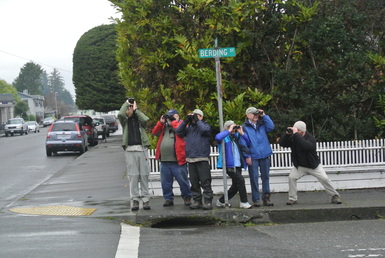
One car ended up leaving and heading back to Eureka and that left just George, Ken and I to finish up the day. We went to Humboldt Bay NWR headquarters to see if maybe we can add at least one more species to the day list and did. George spotted a SHORT-EARED OWL which was our 100th and final species for the day! Full eBird list.
Even though we had a somewhat damp and cold day it was truly a spectacular day of birding and a perfect jumpstart to the New Year! I hope you enjoyed reading a bit about it.
Full species list + numbers for the day:
Brant 75
Cackling Goose 284
Canada Goose 2
Gadwall 2
American Wigeon 20
Mallard 35
Cinnamon Teal 26
Northern Shoveler 30
Northern Pintail 20
Green-winged Teal 123
Canvasback 6
Greater Scaup 10
Lesser Scaup 1
Bufflehead 30
Common Goldeneye 1
Common Merganser 10
Ruddy Duck 27
Pied-billed Grebe 6
Horned Grebe 1
Eared Grebe 3
Western Grebe 4
American Bittern 2
Great Egret 3
Snowy Egret 5
Black-crowned Night-Heron 46
Turkey Vulture 12
White-tailed Kite 7
Northern Harrier 5
Cooper's Hawk 1
Bald Eagle 1
Red-shouldered Hawk 2
Red-tailed Hawk 4
Virginia Rail 3
American Coot 90
Black-bellied Plover X
Killdeer 3
American Avocet X
Greater Yellowlegs 2
Willet -- Whimbrel 2
Long-billed Curlew 22
Marbled Godwit 300
Western Sandpiper X
Least Sandpiper 2
Dunlin X
Long-billed Dowitcher 2
Wilson's Snipe 1
Ring-billed Gull 7
Western Gull 22
California Gull 1
Glaucous-winged Gull 2
Herring x Glaucous-winged Gull (hybrid) 4
gull sp. 20
Forster's Tern 6
Eurasian Collared-Dove 10
Short-eared Owl 2
Anna's Hummingbird 2
Belted Kingfisher 1
Red-breasted Sapsucker 1
Downy Woodpecker 2
Northern Flicker 3
American Kestrel 2
Merlin 1
Peregrine Falcon 3
Black Phoebe 7
Northern Shrike 1
Steller's Jay 1
American Crow 2
Common Raven 12
Black-capped Chickadee 3
Chestnut-backed Chickadee 9
Pacific Wren 1
Marsh Wren 4
Ruby-crowned Kinglet 3
Western Bluebird 2
Hermit Thrush 1
American Robin 162
Varied Thrush 1
European Starling 5
American Pipit 20
Northern Waterthrush 1
Orange-crowned Warbler 1
Palm Warbler 1
Yellow-rumped Warbler 6
Clay-colored Sparrow 2
Savannah Sparrow 15
Fox Sparrow 7
Song Sparrow 2
Lincoln's Sparrow 3
Swamp Sparrow 2
White-throated Sparrow 1
White-crowned Sparrow 40
Golden-crowned Sparrow 8
Dark-eyed Junco 7
Red-winged Blackbird 12
Western Meadowlark 1
Brewer's Blackbird 10
Baltimore Oriole 1
House Finch 12
House Sparrow 10
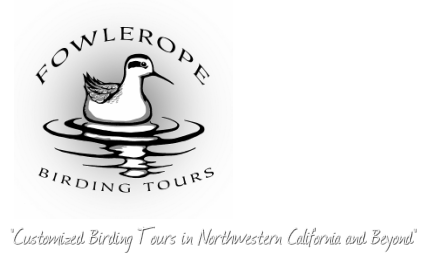

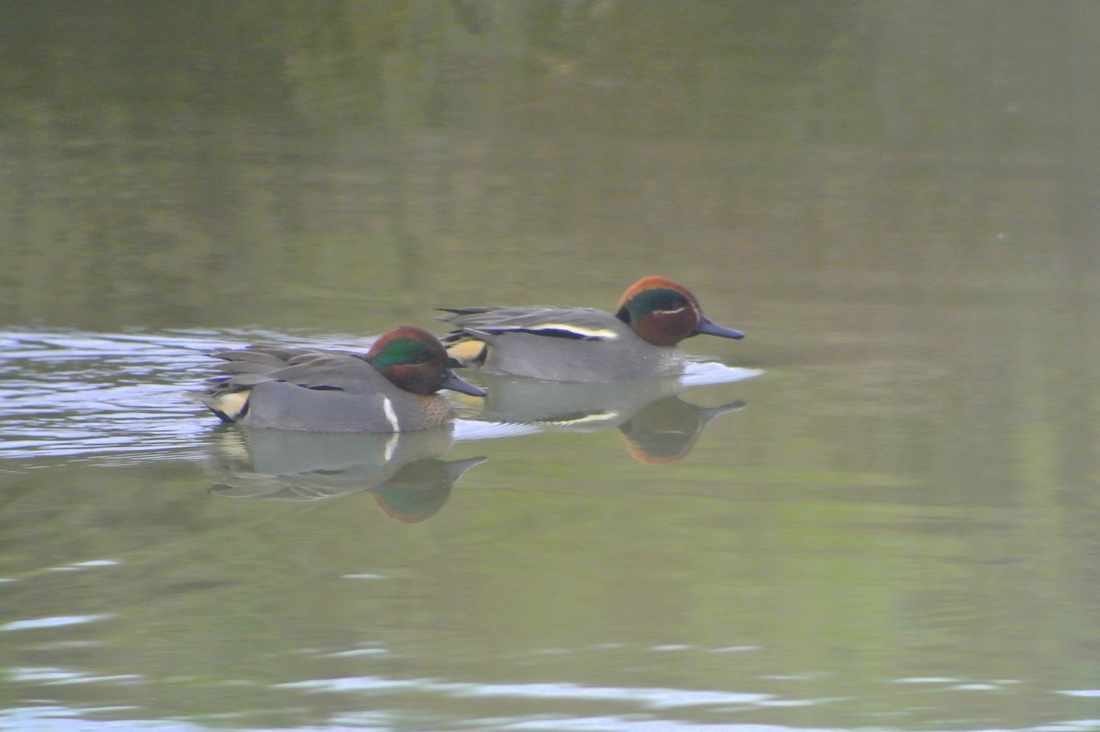
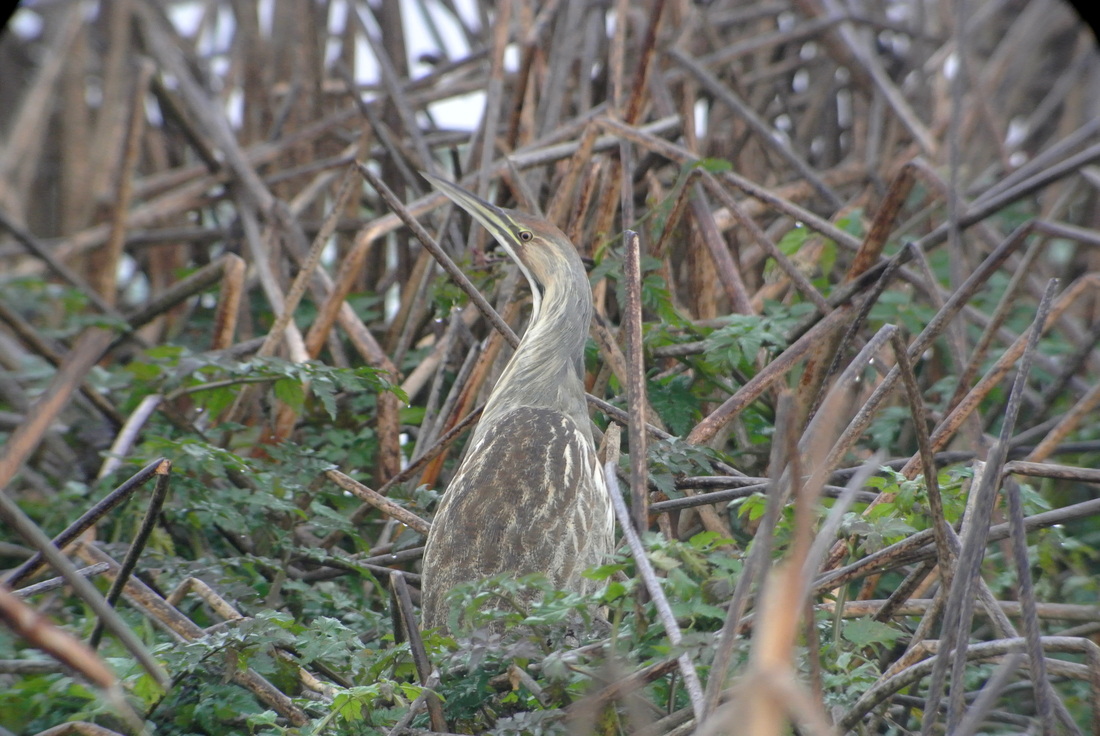
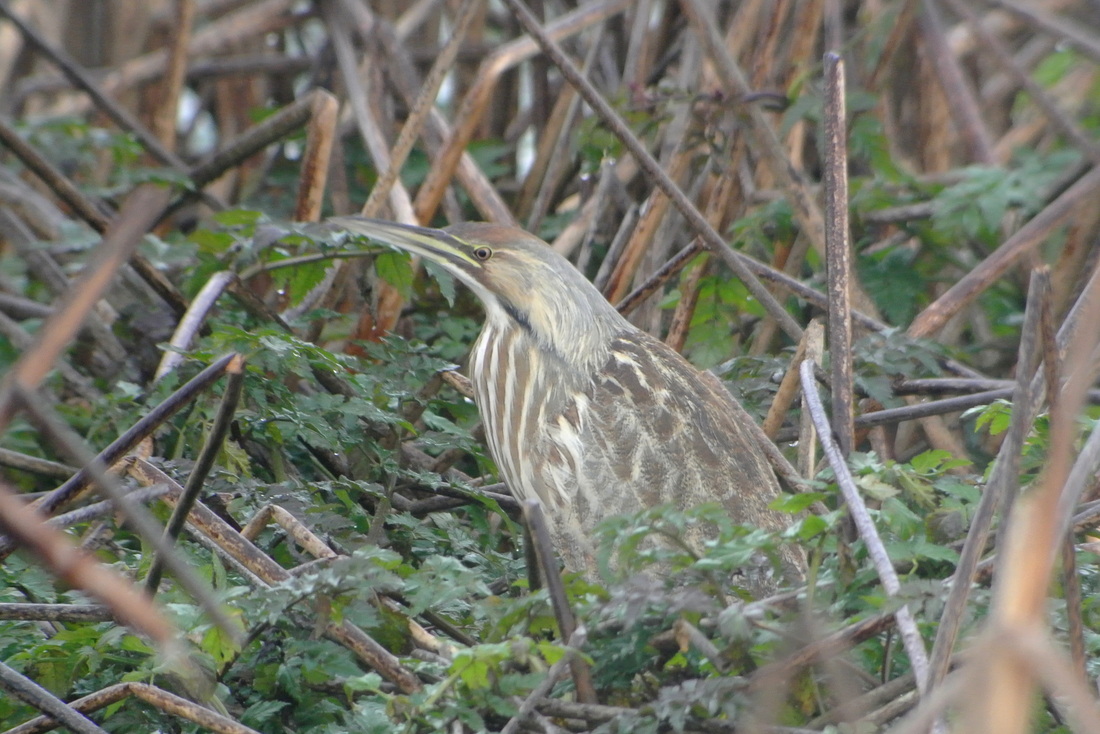
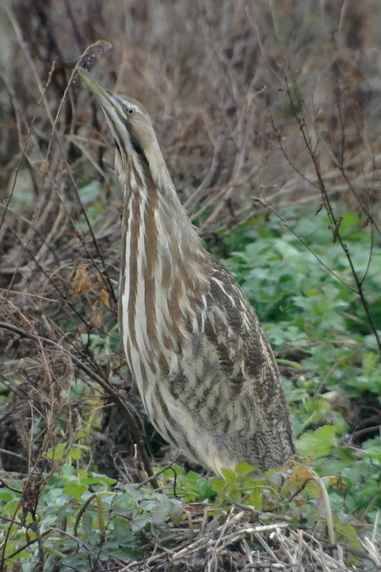

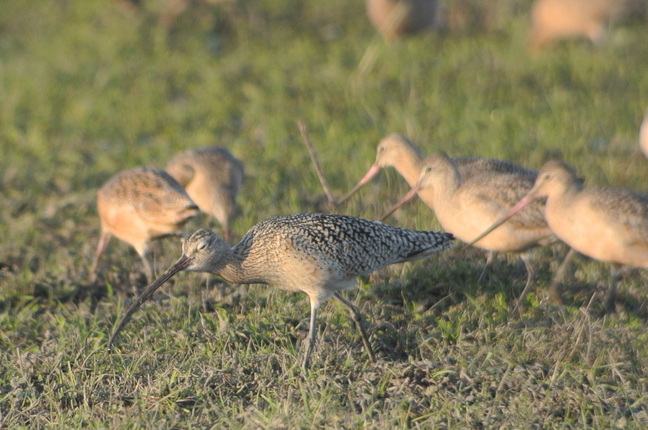
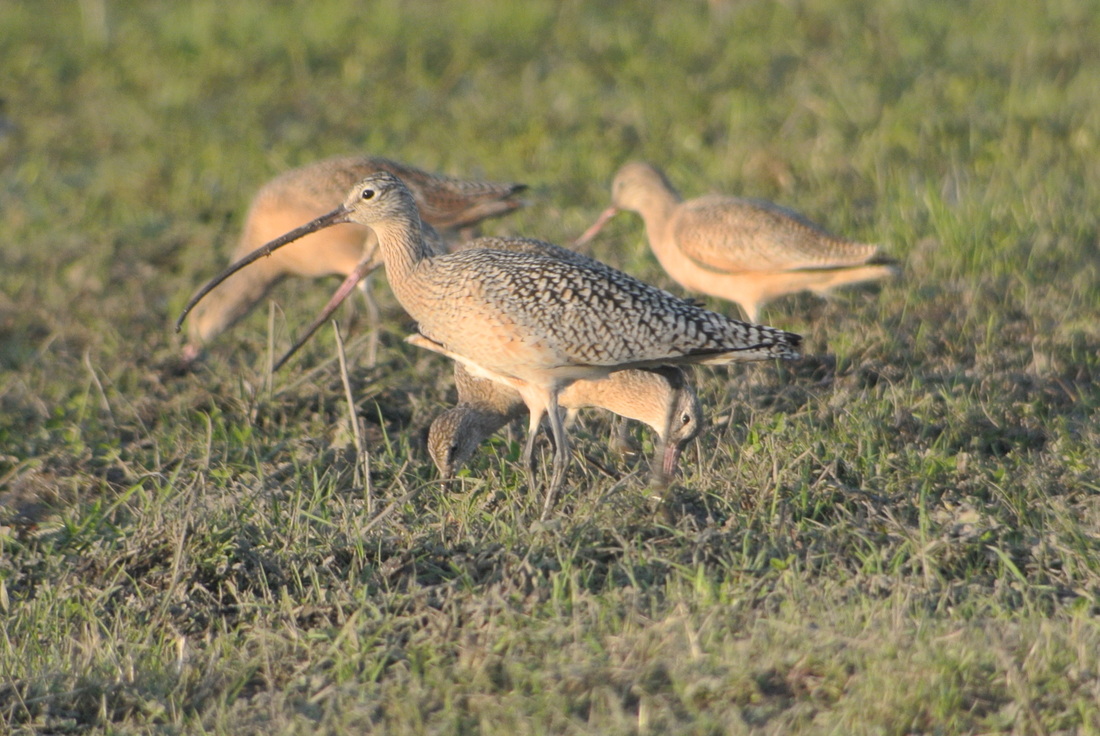
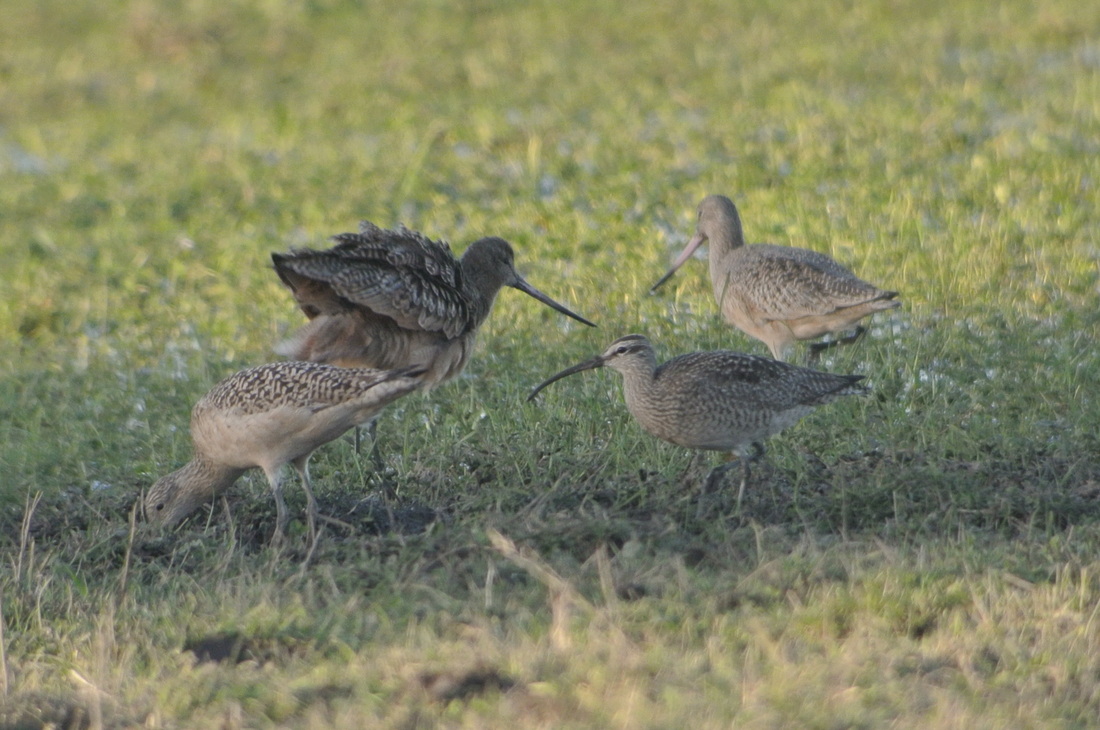
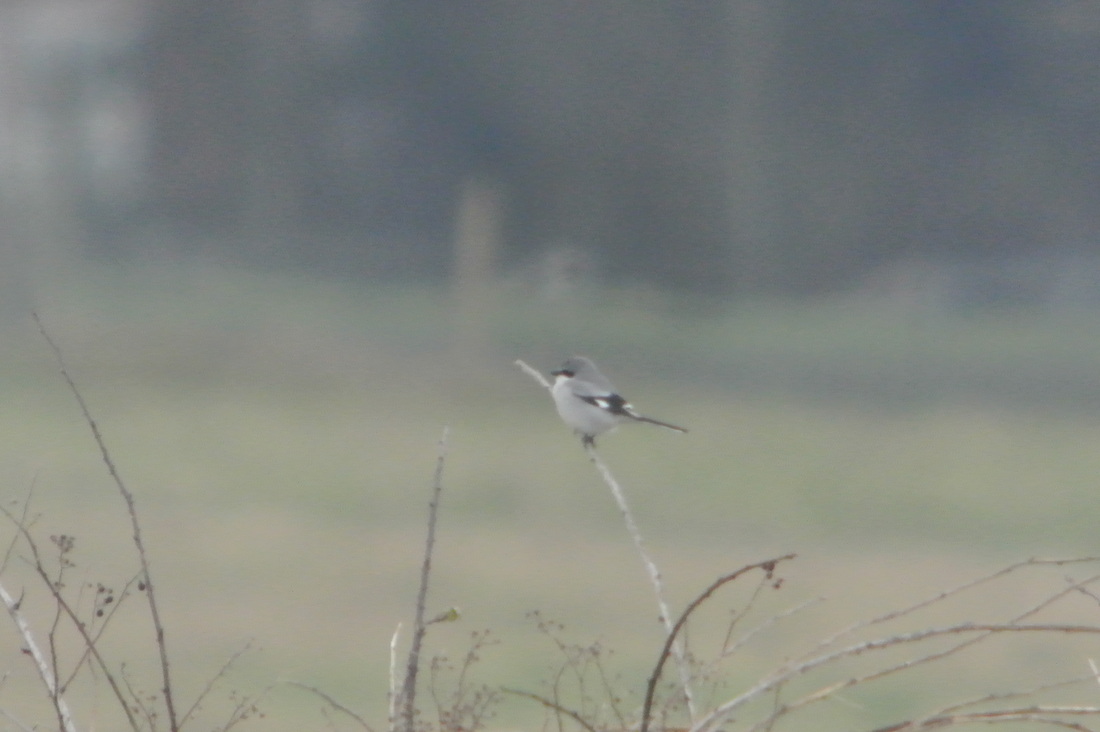
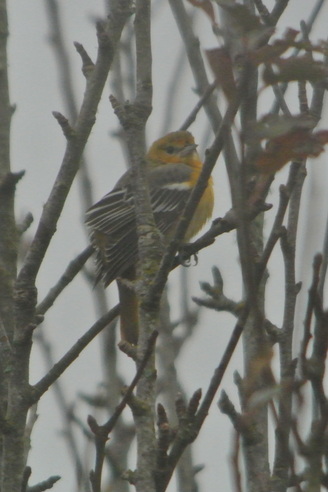
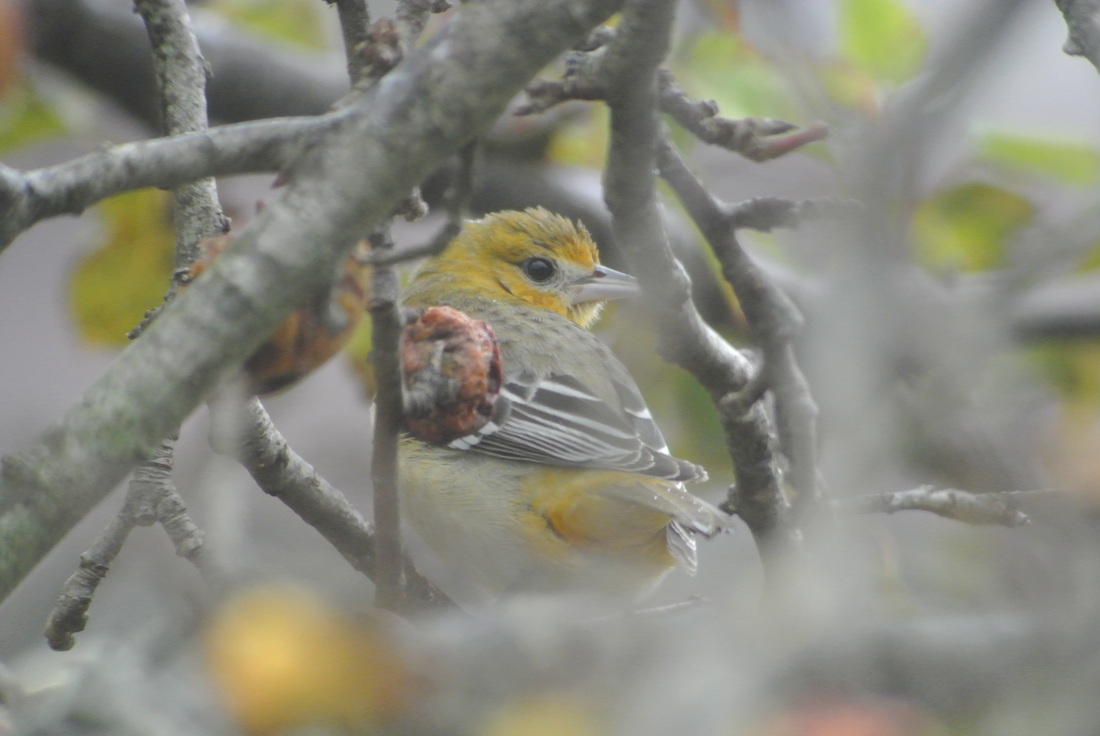
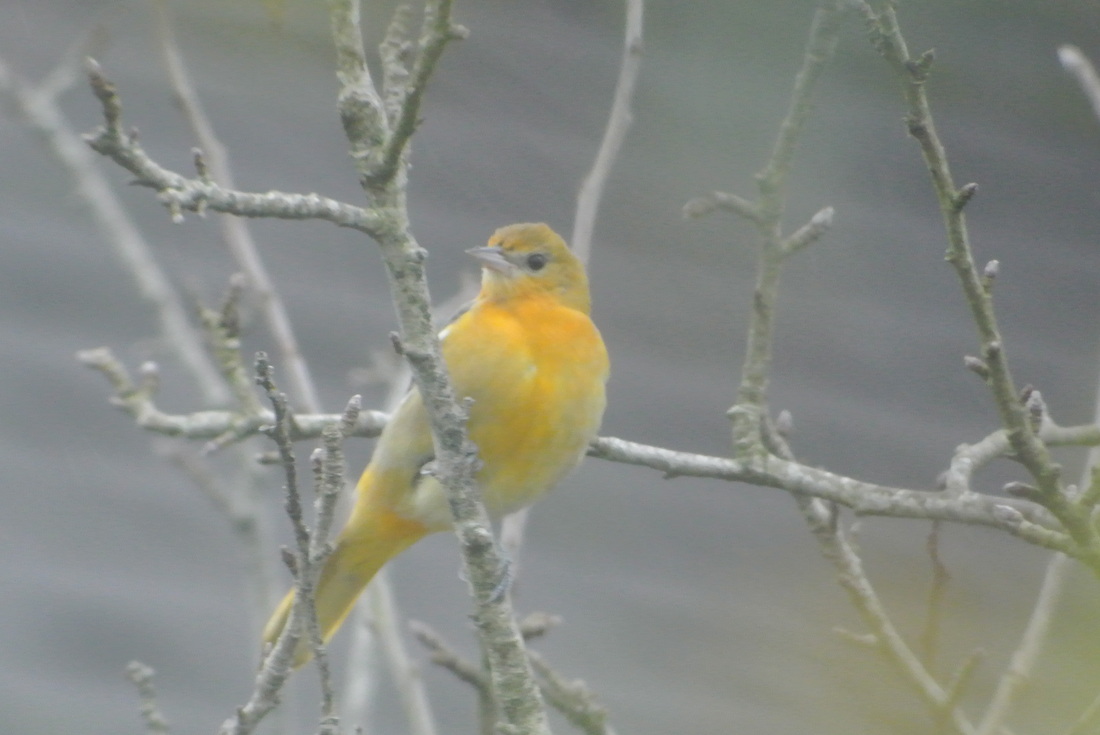
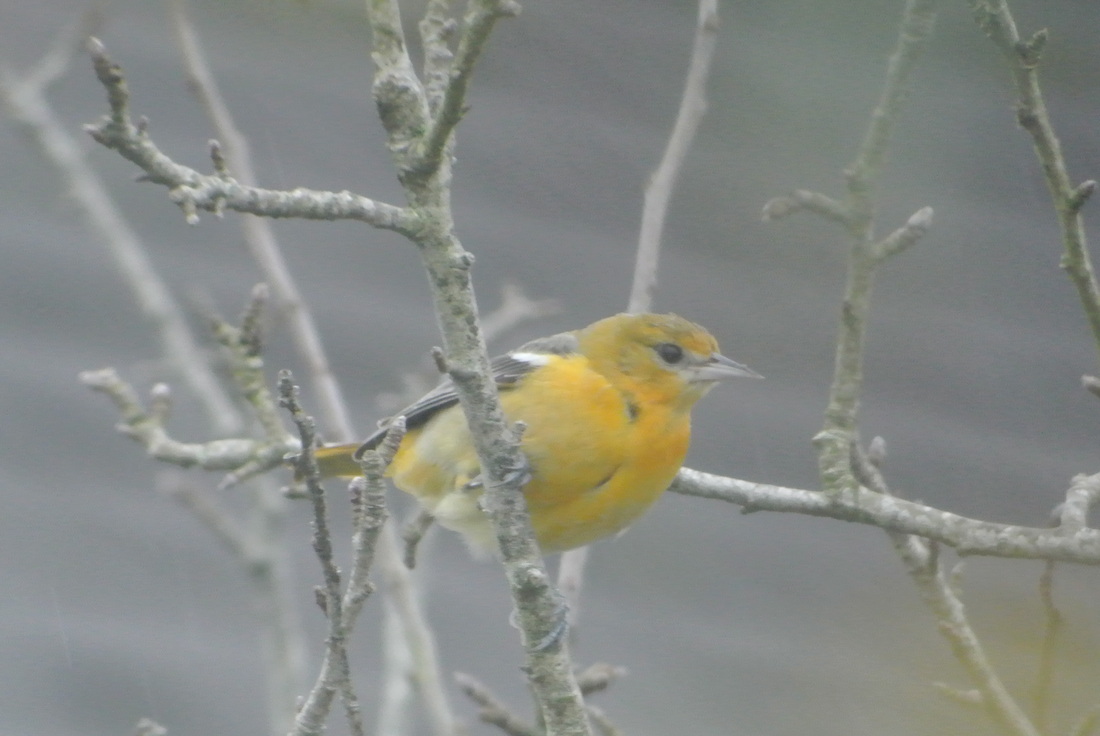
 RSS Feed
RSS Feed

